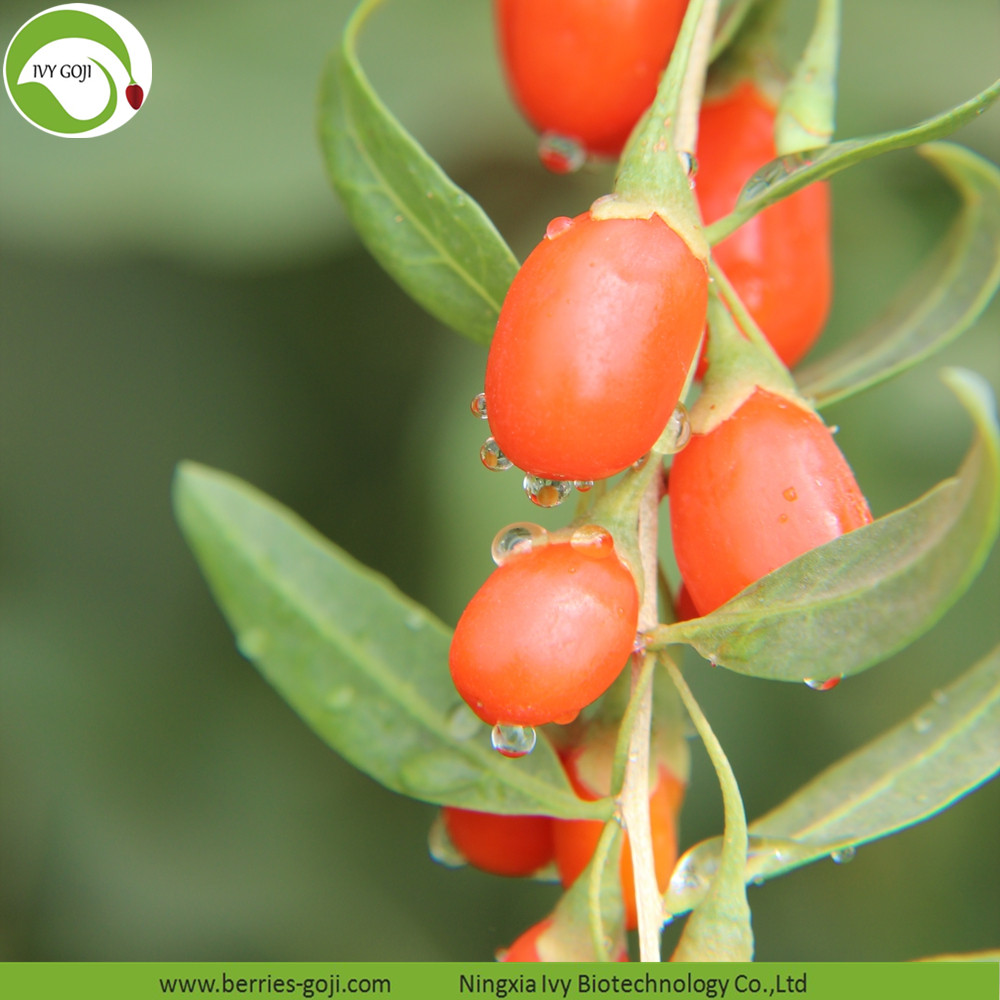(1) Ingredients for liquid preparation: 10 kg of quail eggs, 10 kg of boiled water, 2 kg of quick lime, 0.8 kg of soda ash, 0.3 kg of salt, 0.2 kg of black tea, 0.012 kg of potassium sulfate, 0.012 kg of zinc sulfate. Liquid preparation: Put the soda ash and black tea powder into the bottom of the cylinder first, then pour the boiling water into the cylinder, then put in the ketone and zinc sulfate, mix it thoroughly, and then gradually put the quick lime. Finally, add the salt, mix well, and wait for cooling. use. Inspecting: In certain places, acid-base titration method can be used to determine the concentration of sodium hydroxide in the feed solution (5%-6%). Protein coagulation test can also be used. Add 5 ml of liquid supernatant to the beaker or bowl. Liquid, then add 5 ml egg protein, do not stir, about 15 minutes to observe whether the protein coagulation. If 15 minutes coagulate, after 60 minutes proteinification is dilute water indicating that the alkalinity of the material is appropriate; if the proteinification is dilute in 30 minutes, the concentration of the material solution is too large to be used; when the protein is in the solution for 15 minutes Solidification indicates that the alkalinity of the feed liquid is low and should not be used. If the alkalinity is too high or too low, adjust with tea and alkali separately. (B) cylinder, filling material. Put the qualified quail eggs into the tank and seal them with bamboo skewers to prevent the eggs from floating. Pour the prepared liquid into the egg-filling tank to submerge the eggs, and then use a double layer. The plastic cloth seals the cylinder mouth and is matured at room temperature at 15-20°C. (c) Management during the imposition period. During the soaking process, attention must be paid to temperature changes, which have a great influence on the quality of the finished product. The most suitable temperature is 20°C. Carefully check the cylinder for leaks. Do not move the cylinder at the beginning of the soaking, otherwise it will affect the solidification. During the immersion period, starting from the 7th day, the changes and quality of preserved eggs were sampled every 7 days. At the end of the 7th day, the albumin began to coagulate at the end of the clarification; on the 14th day, the protein coagulation was elastic and colored; on the 21st day, the protein was coagulated, elastic, smooth, dark green, and basically mature. (d) out of the cylinder, film packaging. After the preserved eggs are matured, carefully remove them, wash the supernatant of the preserved eggs with the material liquid, put them in a plastic basket, and put them in a cool, dry and ventilated place. After routine quality inspection, liquid paraffin or paraffin wax is used as a coating agent and sprayed on preserved eggs. After being dried, they are packaged and sold in plastic boxes or plastic bags.
Lycium Chinese is from Goji Berry or wolfberry harvested, which is used in traditional Chinese medicine for the treatment of nightsweats, pneumonia, cough, hematemesis, inflammation, and diabetes mellitus.
Goji berry's usages:
Goji berry can be made to goji berry tea, goji snack, lycium chinese porriage, or cooking and so on, you can use as you like.

Lycium Chinese
Lycium Chinese,Herbal Goji Berry,Nutrition Goji Berry,Lycium Barbarum
NINGXIA IVY BIOTECHNOLOGY CO.,LTD , http://www.berries-goji.com